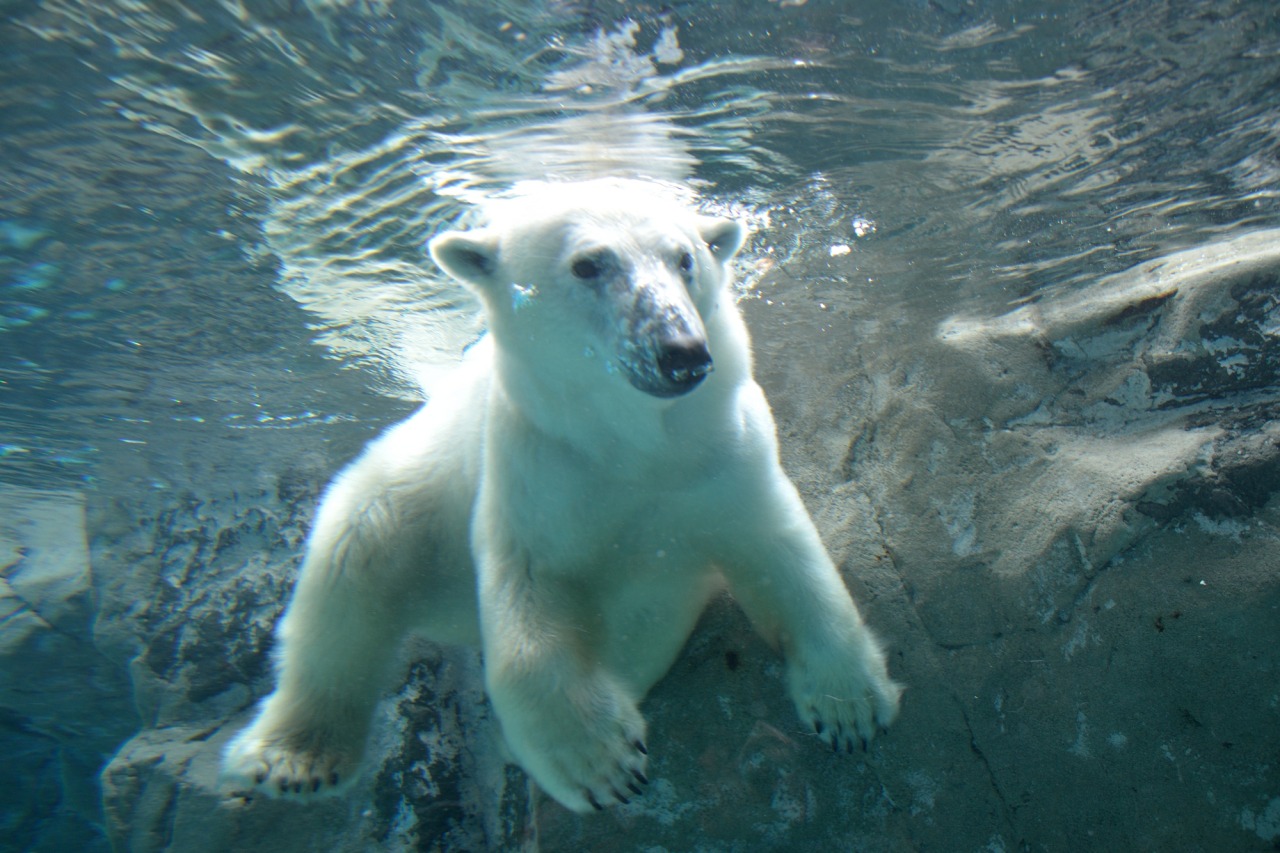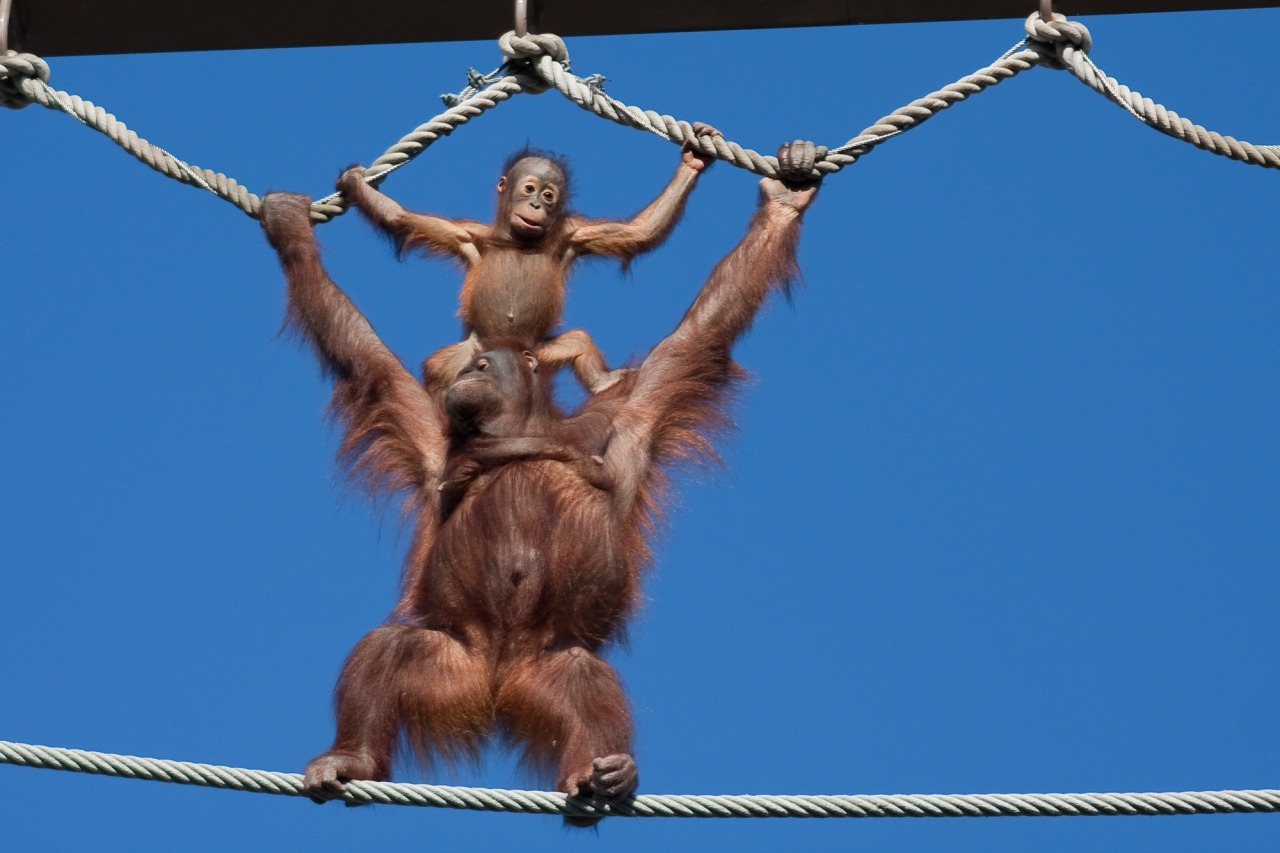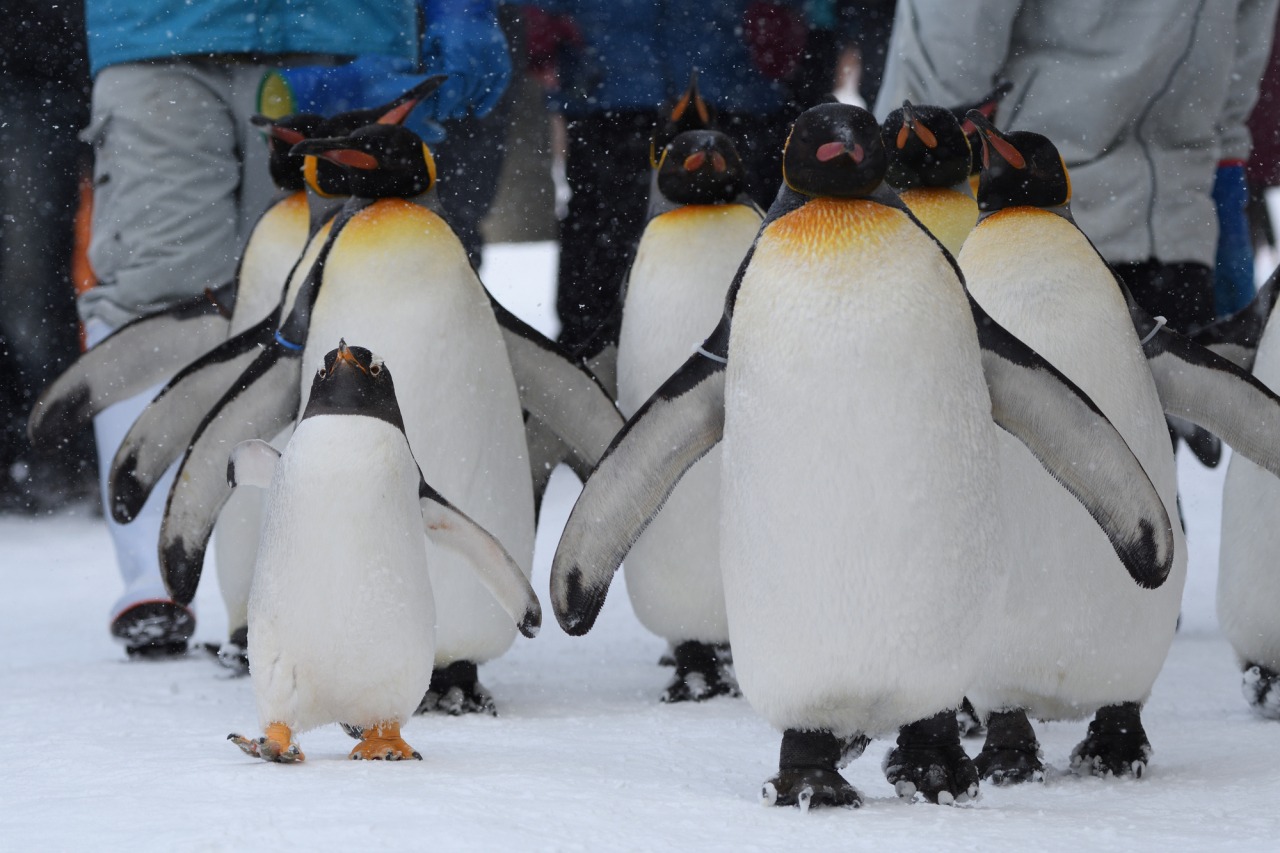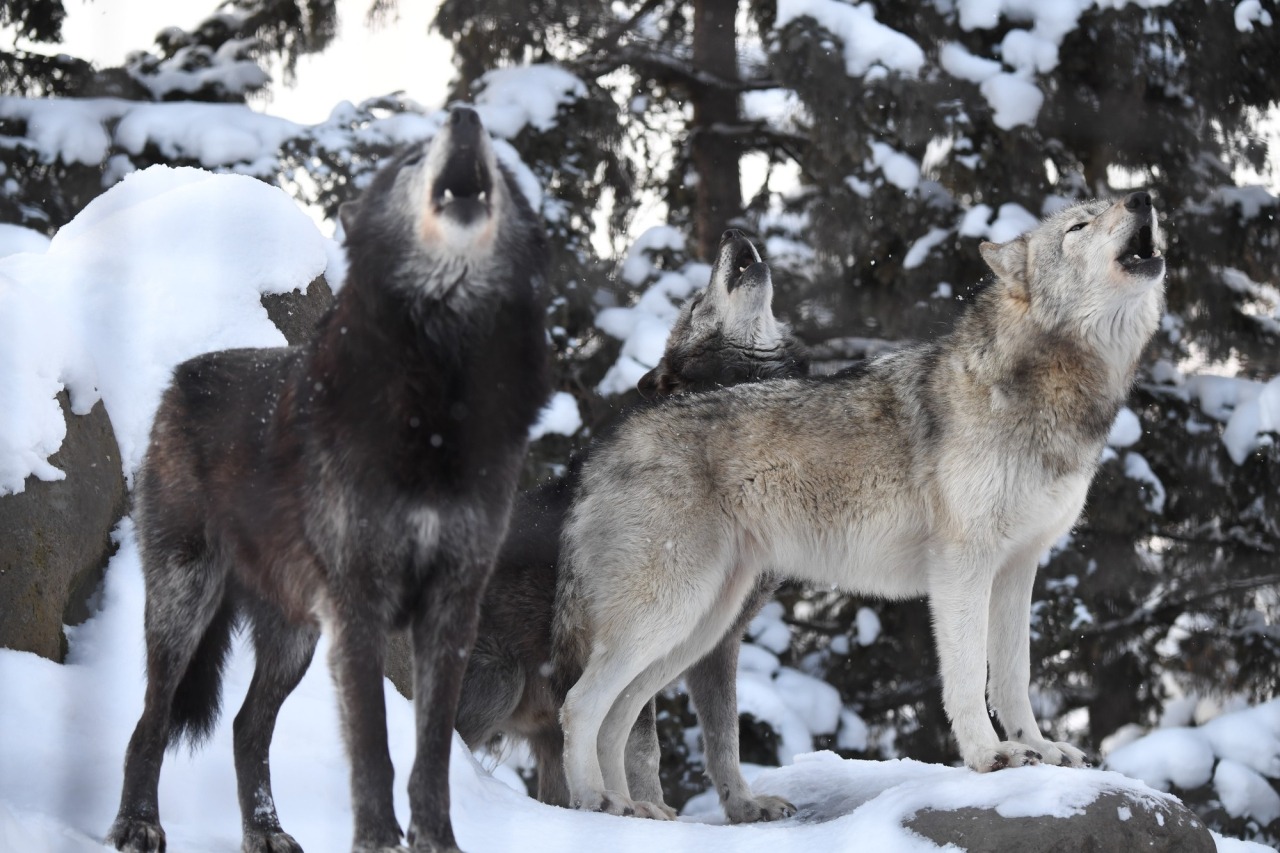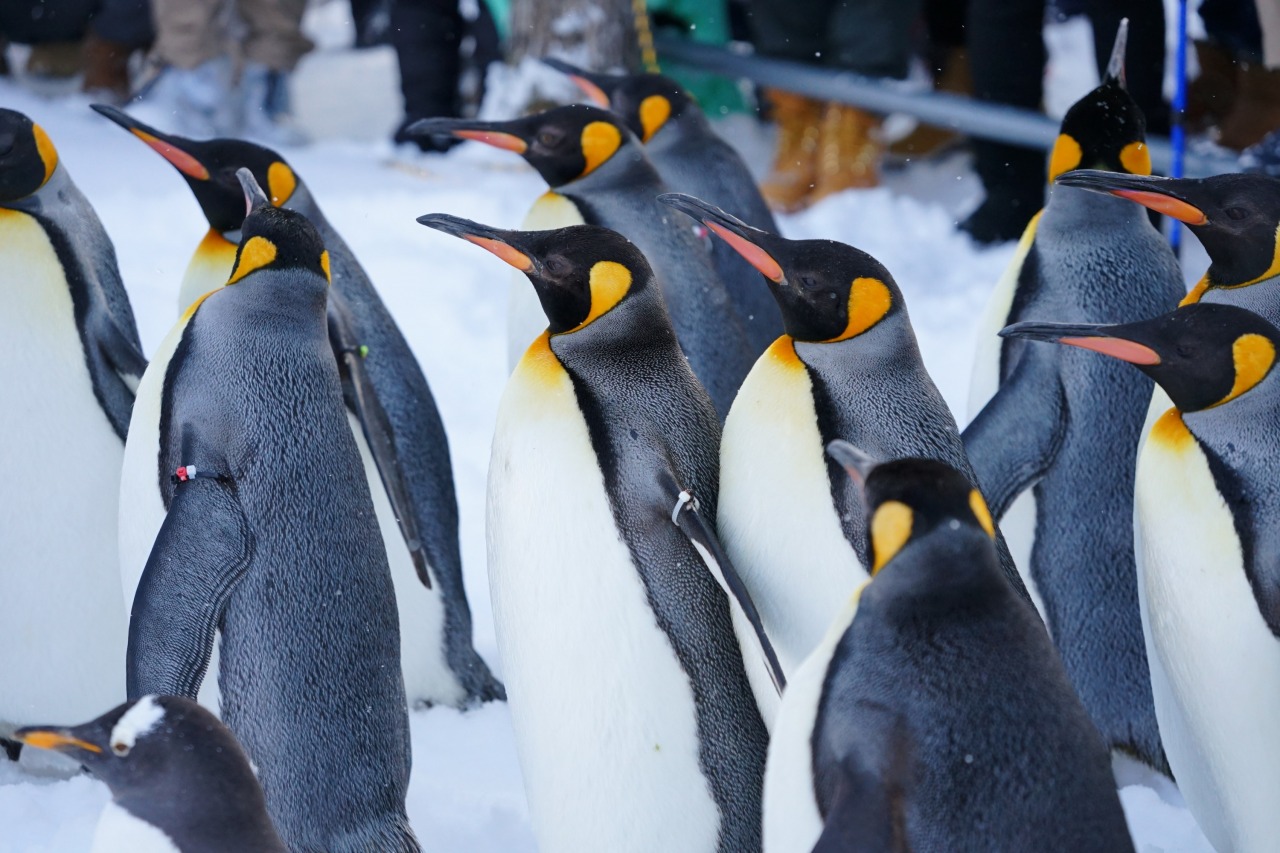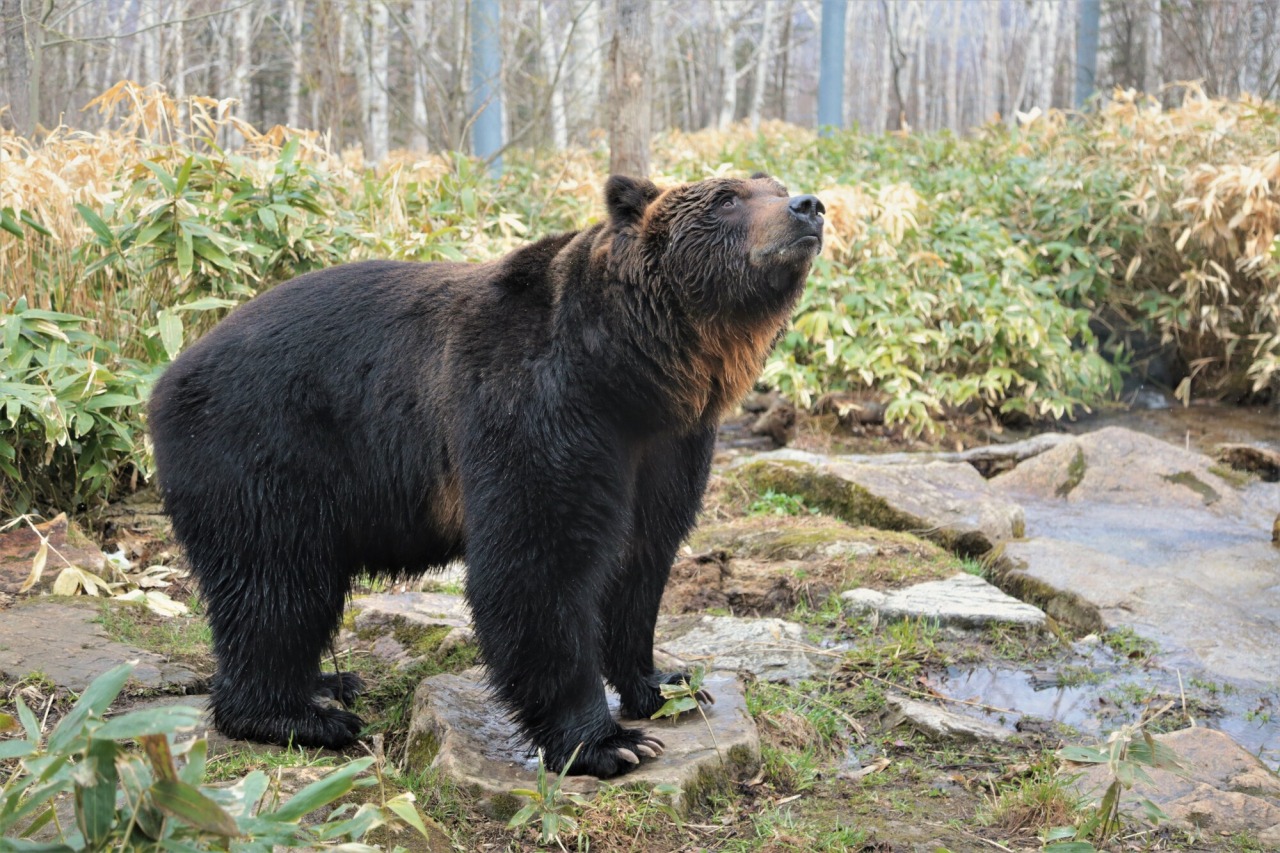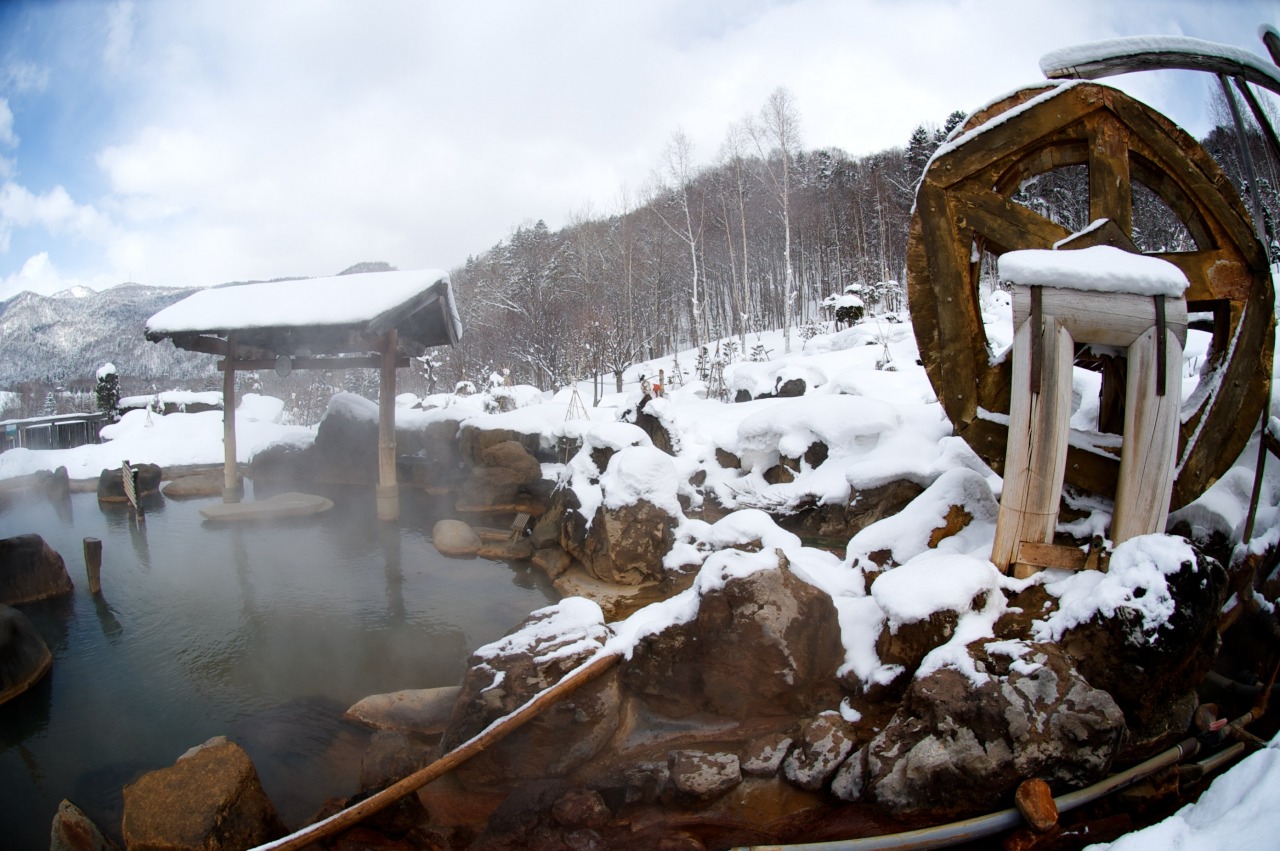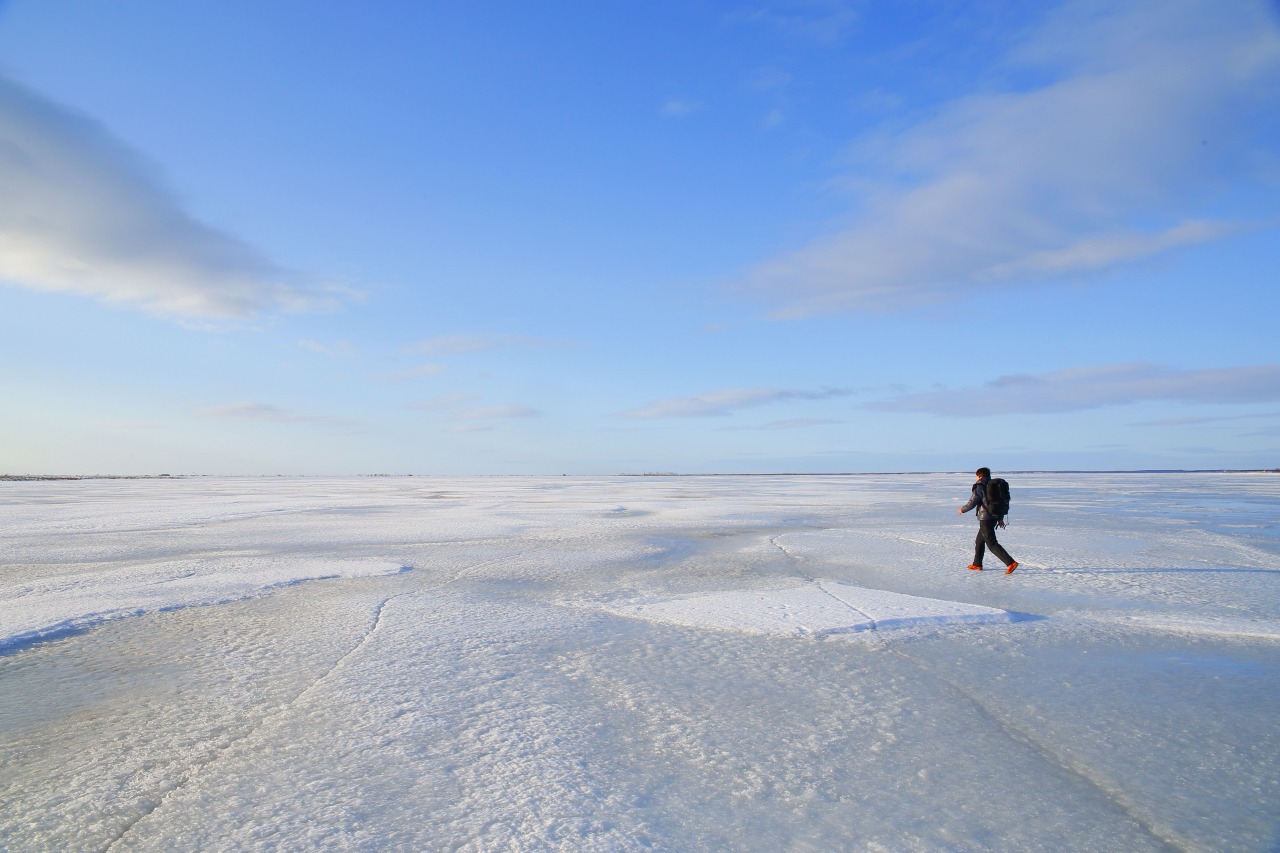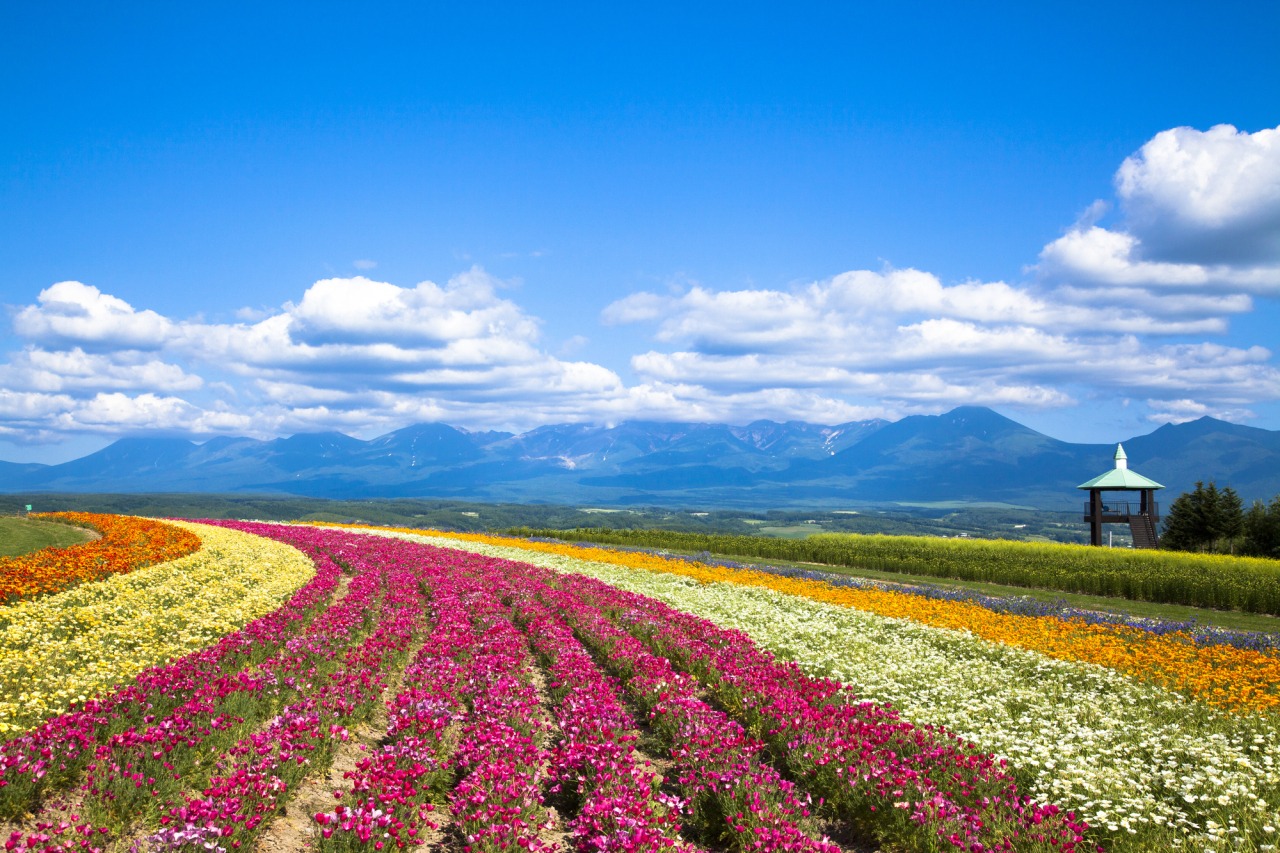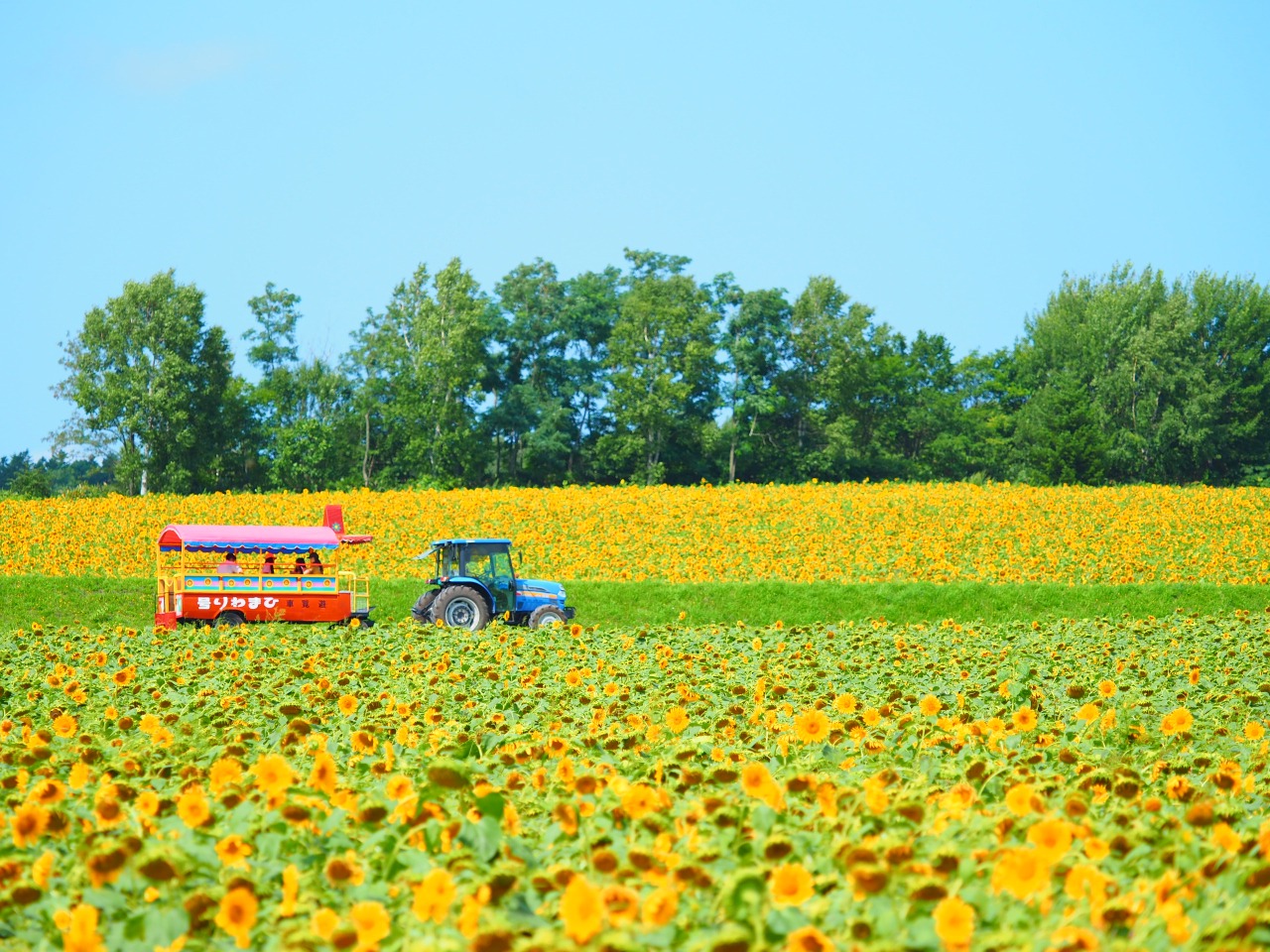

Things to do in Asahikawa:Asahiyama Zoo
Japan’s northernmost zoo where you can see lively animals
The zoo has become famous for its “behavior exhibits,” which create comfortable spaces that suit the animals’ ecology and bring out their natural behaviors.
この投稿をInstagramで見る
Penguin House” where you can swim freely in an underwater tunnel, “Seal House” where you can go up and down in a cylindrical aquarium, “Arctic Bear House” where you can see people diving into the pool, and a tower that is 17 meters high. There are various attractions such as the “Orangutan House” where you can walk in the air, the “Hippo House” where you can watch swimming in the pool from directly below, the “Grunde House”, “Sika Deer Forest”, and the “Hokkaido Animal House”, which are unique to Hokkaido zoos. You can see animals living lively in these places.The “Ezo Brown Bear Museum” will open in 2022, and you can now see Hokkaido’s representative wild animals up close in an indoor enclosure inspired by Shiretoko.
この投稿をInstagramで見る
Don’t miss the “Mogu Mogu Time” when the animals eat! You can observe the natural eating habits of animals. The time for Mogu Mogu Time is decided each morning that day. We recommend checking the bulletin board inside the park or the official website before planning your route.
There are also many attractive seasonal events.
The Night Zoo, which is only open during the Obon period, is a summer feature that extends its closing hours and is open at night. Unlike during the day, you can see animals sleeping, nocturnal birds of prey, and even hear the howls of wolves. During the “Penguin Walk” held in winter when the snow is falling, you can see cute penguins waddling freely along the course without fences.
この投稿をInstagramで見る
History of Asahiyama Zoo
Asahiyama Zoo, which opened as the northernmost zoo in Japan, has been loved by many Asahikawa residents and visitors from all over the country. You can see the year-by-year progress since the park opened in the reference article below.
この投稿をInstagramで見る
Until the birth of Asahiyama Zoo, the northernmost zoo in Japan
There had been a movement to create a zoo in Asahikawa City since the 1955s (around 1955), but it was not until 1964 that it took shape. The candidate site was Mt. Asahi, which is adjacent to Asahiyama Park, a scenic spot for cherry blossom viewing, and offers a panoramic view of the city and the mountains covered in heavy snow. The construction theme at the time was “to create a zoo unique to the north that cannot be found anywhere else in Japan,” and “to create a zoo with a sense of openness where you can fully enjoy the short summer in the north while enjoying the animals.”
However, given the city’s tight financial situation, some members of the assembly believed that it was too early, and the bill was passed with just one vote. Around that time, the Asahikawa City Zoo Construction Cooperation Association and the Zoo Idea Cooperation Association were born out of the passion of the citizens, and it became a citizen-wide movement. Under these circumstances, Asahiyama Zoo opened as Hokkaido’s third zoo in 1967, one year later than originally planned.
この投稿をInstagramで見る
From the crisis of closure to the best in Japan
Asahiyama Zoo, which started with and for the citizens, has carried out various initiatives with the changing times, such as the era when rare animals were enjoyed and the boom in play equipment. In 1994, when the boom in playground equipment had subsided, an echinococcus outbreak occurred in the park, and the park was temporarily closed midway through the year. Subsequently, in 1996, the number of visitors to the park decreased to 260,000, less than half of its peak of around 600,000 in 1983, and there were rumors of the park’s closure.
From 1997, the facilities depicted in the 14 sketches began to become a reality. After that, the number of admissions recovered, and in 2003 it had the highest number of admissions in Hokkaido, in 2004 it had the highest number of monthly admissions (July and August) in Japan, and in 2007 and 2008 it had the highest number of admissions in Japan. The number of participants exceeded 3 million.
この投稿をInstagramで見る
From 3 million people to now
More than 10 years have passed since the number of 3 million visitors, and even now, in addition to local residents, we still have around 1.4 million visitors each year, including people from outside the city and from abroad. Thanks to everyone who came and supported us, the efforts of Asahiyama Zoo, which was once one of the local zoos, began to attract a lot of attention. At Asahiyama Zoo, we have always thought about what we can convey as a zoo.
We will continue to pursue the characteristics of Asahiyama Zoo, and provide exhibition methods, guides, and education so that people can feel the “amazing, beauty, and preciousness” of animals, the relationship between humans and Hokkaido’s familiar wild animals, and the conservation of the global environment. We will be active in various fields such as activities. Asahiyama Zoo will continue to move forward.
